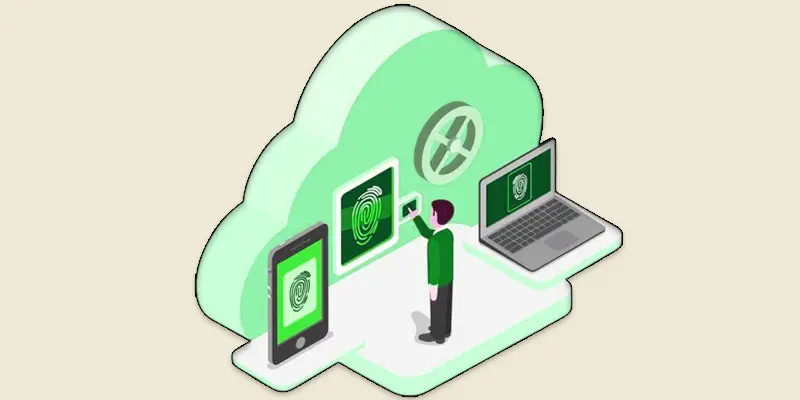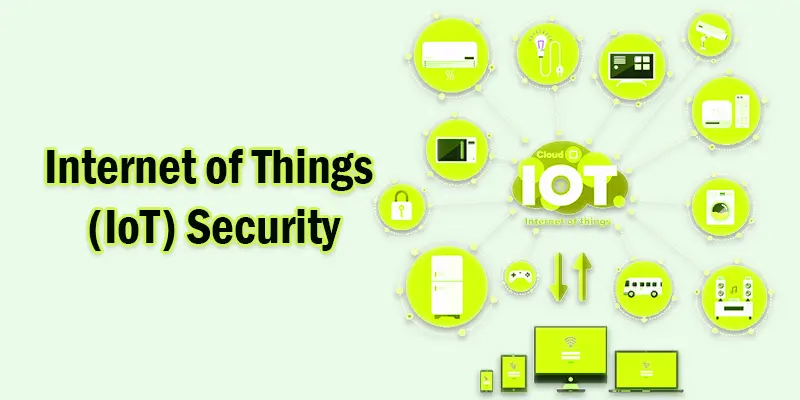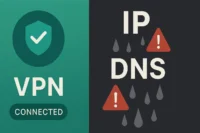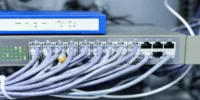What is SASE? Its Use Cases, Examples, SASE for Dummies
Published: 17 Feb 2025
SASE
SASE is transforming network security by combining SD-WAN and cloud-based security into a single framework, helping businesses secure remote access efficiently. But wait—aren’t VPNs and firewalls enough? Many IT teams struggle with managing multiple security tools, leading to complexity and weak protection. Imagine a network that adapts to your business needs, ensuring seamless security without the hassle—this is where SASE comes in.
What is SASE
SASE is a cloud-based network security model that combines SD-WAN with advanced security features like firewalls and zero-trust access. It helps businesses secure remote users and branch offices while improving network performance.

SASE Definition
SASE is a cloud-based framework that combines network security and SD-WAN to provide secure, fast, and flexible internet access for businesses.
What does SASE Stand for
Secure Access Service Edge is referred to as SASE.
SASE Examples
SASE helps businesses secure their networks using cloud-based security and SD-WAN. It improves performance, reduces costs, and ensures safe remote access. Here are real-world example of how SASE is used:
- Remote Work Security: Protects employees accessing company data from anywhere.
- Cloud Application Access: Ensures secure connections to cloud apps like Google Drive.
- Zero Trust Security: Verifies every user and device before granting access.
- Branch Office Connectivity: Connects multiple office locations securely.
- Secure Internet Browsing: Blocks harmful websites and cyber threats.
- IoT Device Protection: Secures smart devices from hacking.
- Data Loss Prevention: Stops sensitive data from leaking outside the company.
- Improved Network Performance: Optimizes internet speed while keeping it secure.
SASE Use Cases
SASE offers a variety of use cases that help businesses secure their networks and streamline operations in the cloud era.
- Remote Workforce Security
- Zero Trust Access
- Simplified IT Management
- Cloud Application Protection
- Cost Reduction
- Secure Branch Office Connectivity
- Improved Network Performance
- Internet of Things (IoT) Security
Remote Workforce Security
Remote Workforce Security in SASE ensures that employees working from home or other remote locations can securely access company resources. It combines identity verification, encryption, and threat protection to keep data safe.
Zero Trust Access
In SASE, zero trust access means that, even when a person or device is within the network, they are not automatically trusted. Before authorization is granted, each access request is regularly checked for security.
Simplified IT Management
Simplified IT Management in SASE combines networking and security into a single platform, making it easier for IT teams to manage. It reduces the complexity of handling multiple tools and systems while improving overall efficiency.
Cloud Application Protection
Cloud Application Protection in SASE secures cloud-based applications by monitoring and controlling access. It ensures that only authorized users can interact with sensitive data, protecting against threats like data breaches.

Cost Reduction
Cost Reduction in SASE helps businesses save by replacing traditional security tools like VPNs and firewalls with a unified cloud-based solution. This eliminates the need for expensive hardware and reduces operational costs.
Secure Branch Office Connectivity
Secure Branch Office Connectivity in SASE connects remote branch offices to the corporate network with secure, high-performance links. It ensures safe data transfer and consistent security across multiple locations.
Improved Network Performance
Improved Network Performance in SASE optimizes data traffic by routing it through the fastest and most secure paths. This reduces latency, speeds up connections, and enhances overall network efficiency.
Internet of Things (IoT) Security
Internet of Things Security in SASE protects connected devices like smart sensors and cameras from cyber threats. It ensures that IoT devices are securely integrated into the network without compromising data or performance.

SASE for Dummies
SASE is a modern approach to network security that combines cloud-based security services with SD-WAN. It helps businesses protect data and applications while ensuring secure access for users, regardless of location. By using SASE, companies can simplify their network infrastructure and improve security without needing multiple separate tools.
For beginners, SASE provides a simple way to secure remote workers, branch offices, and cloud applications all under one platform. It removes the complexity of traditional security setups by offering solutions like Zero Trust Access and simplified IT management. This makes it easier to manage, more cost-effective, and flexible for businesses of all sizes.
Conclusion About SASE Explained
What is SASE? It’s a modern cloud-based approach to securing networks, offering a simple yet effective solution for businesses. From enhancing performance to reducing security complexities, SASE brings several benefits to the table. Based on its advantages, I highly recommend adopting SASE to streamline your security infrastructure and improve network efficiency. If you’re ready to take your network security to the next level, explore SASE solutions today!
FAQS
A pallet of water usually holds 48 to 84 cases, depending on the brand and bottle size. Standard 16.9 oz bottles often come in 72 cases per pallet.
A standard case of beer has 24 bottles or cans, but some packs come in 6, 12, or 30 depending on the brand and packaging.
SASE is a cloud-based networking and security model that protects users, data, and applications by combining SD-WAN with security tools like firewalls and zero-trust access.
SASE functions by routing internet traffic through secure cloud servers instead of traditional data centers. It applies security policies in real-time, ensuring safe and optimized connections for remote users and businesses.

- Be Respectful
- Stay Relevant
- Stay Positive
- True Feedback
- Encourage Discussion
- Avoid Spamming
- No Fake News
- Don't Copy-Paste
- No Personal Attacks

- Be Respectful
- Stay Relevant
- Stay Positive
- True Feedback
- Encourage Discussion
- Avoid Spamming
- No Fake News
- Don't Copy-Paste
- No Personal Attacks





